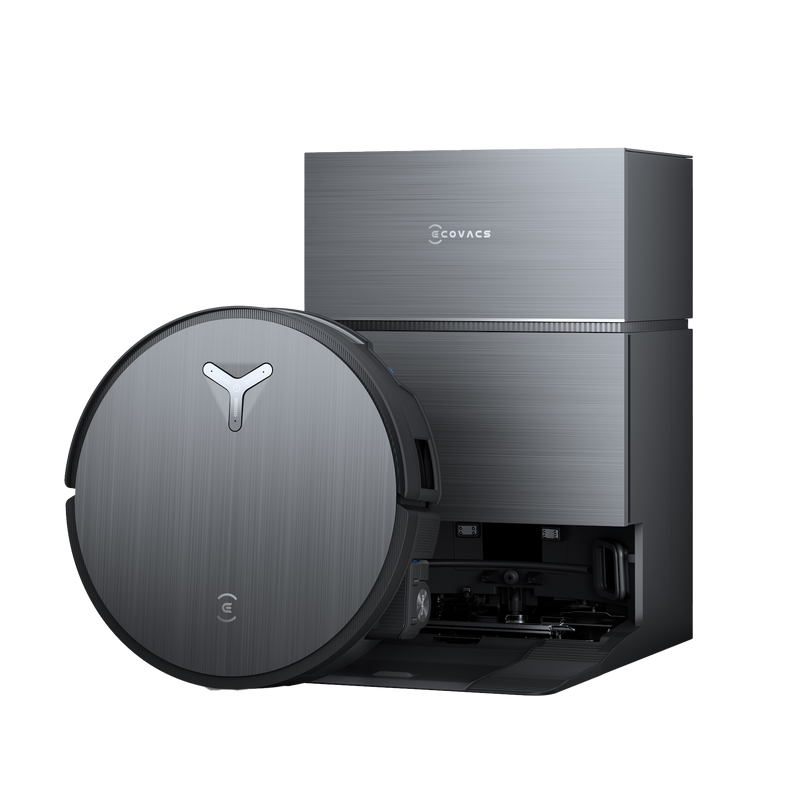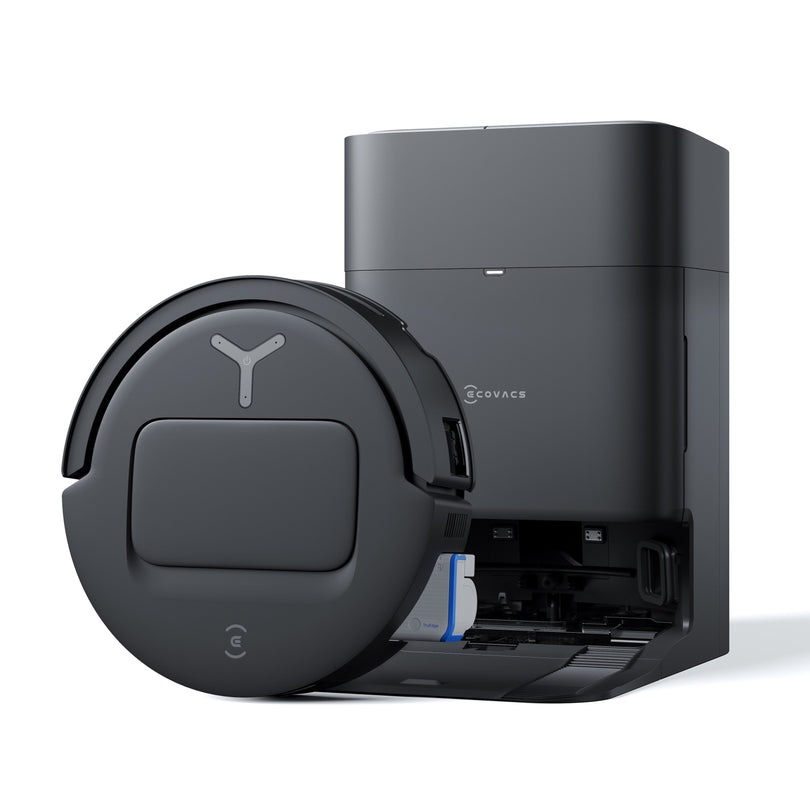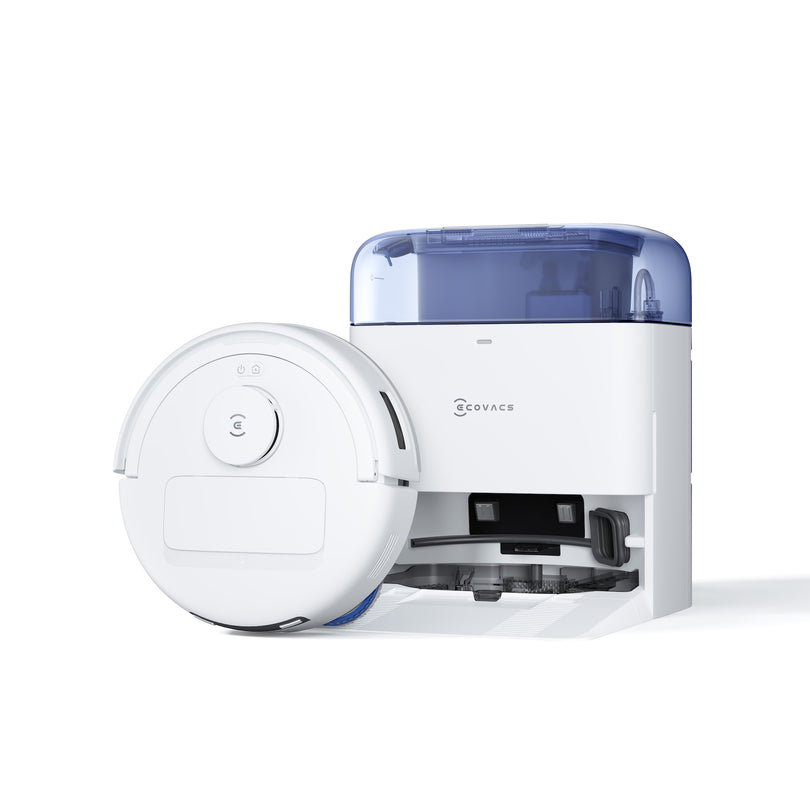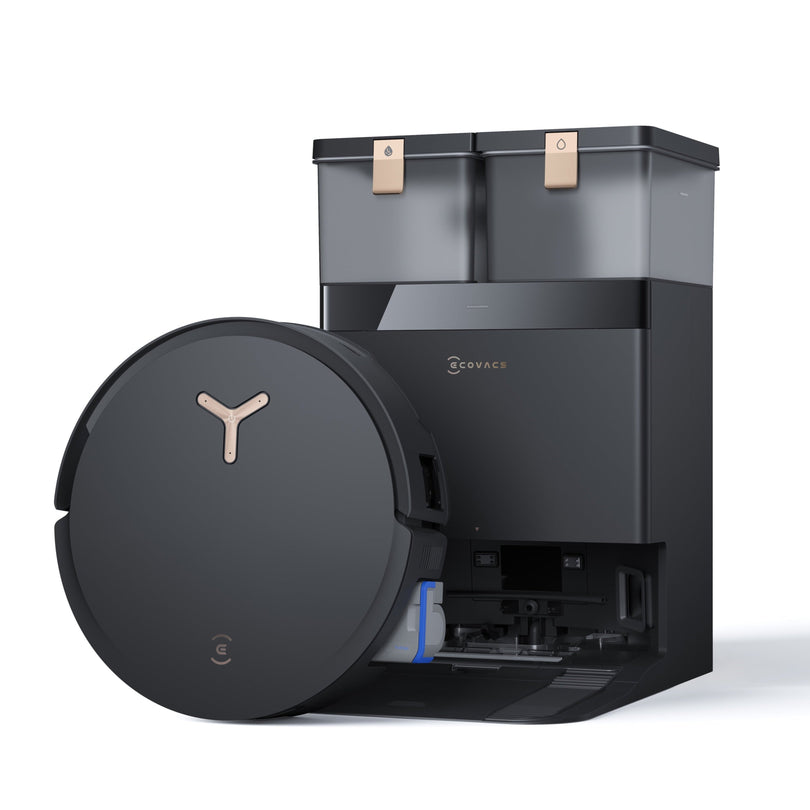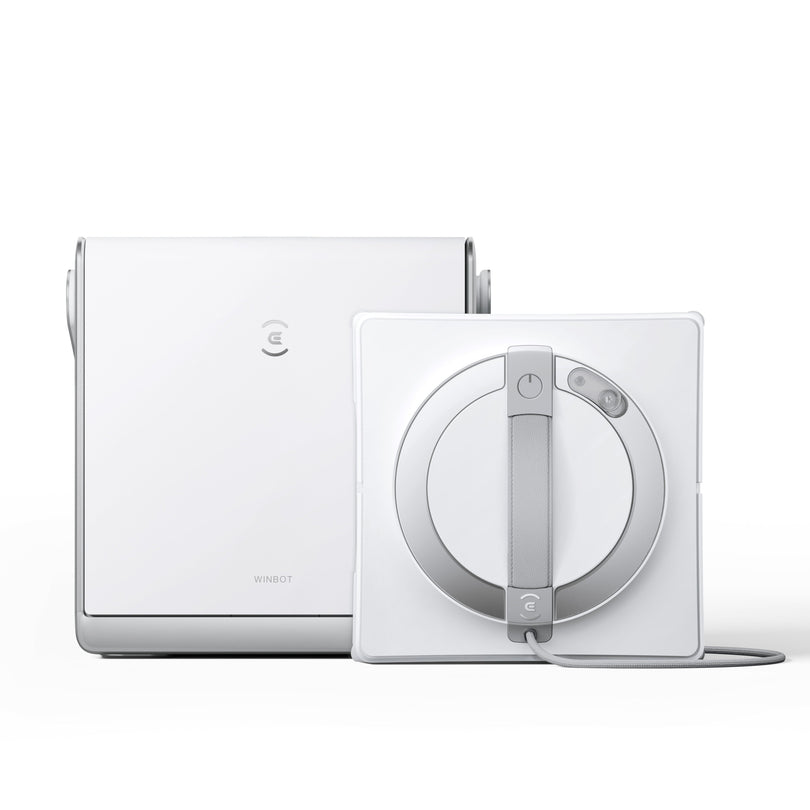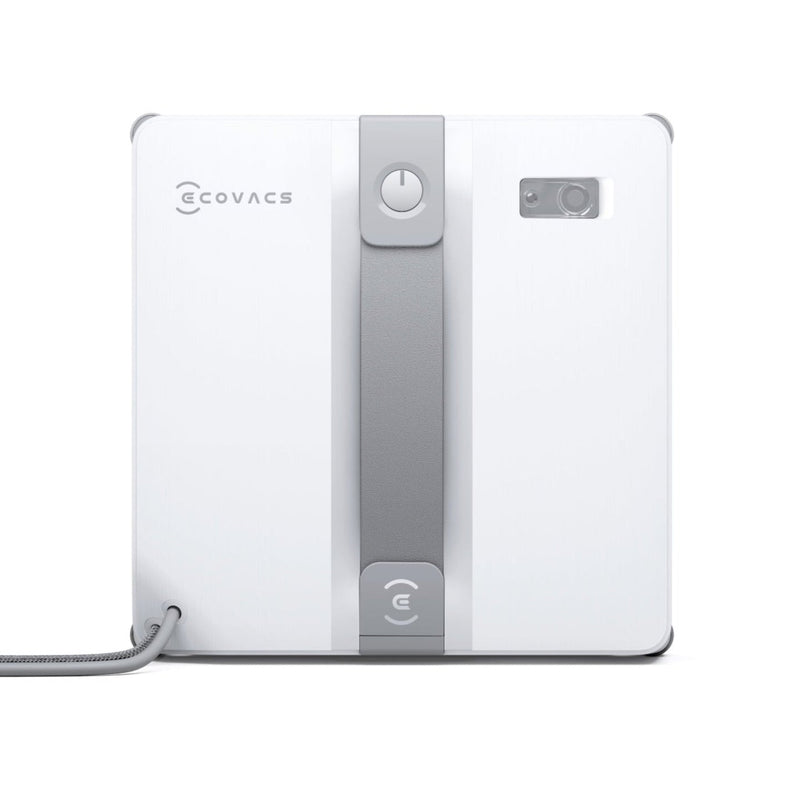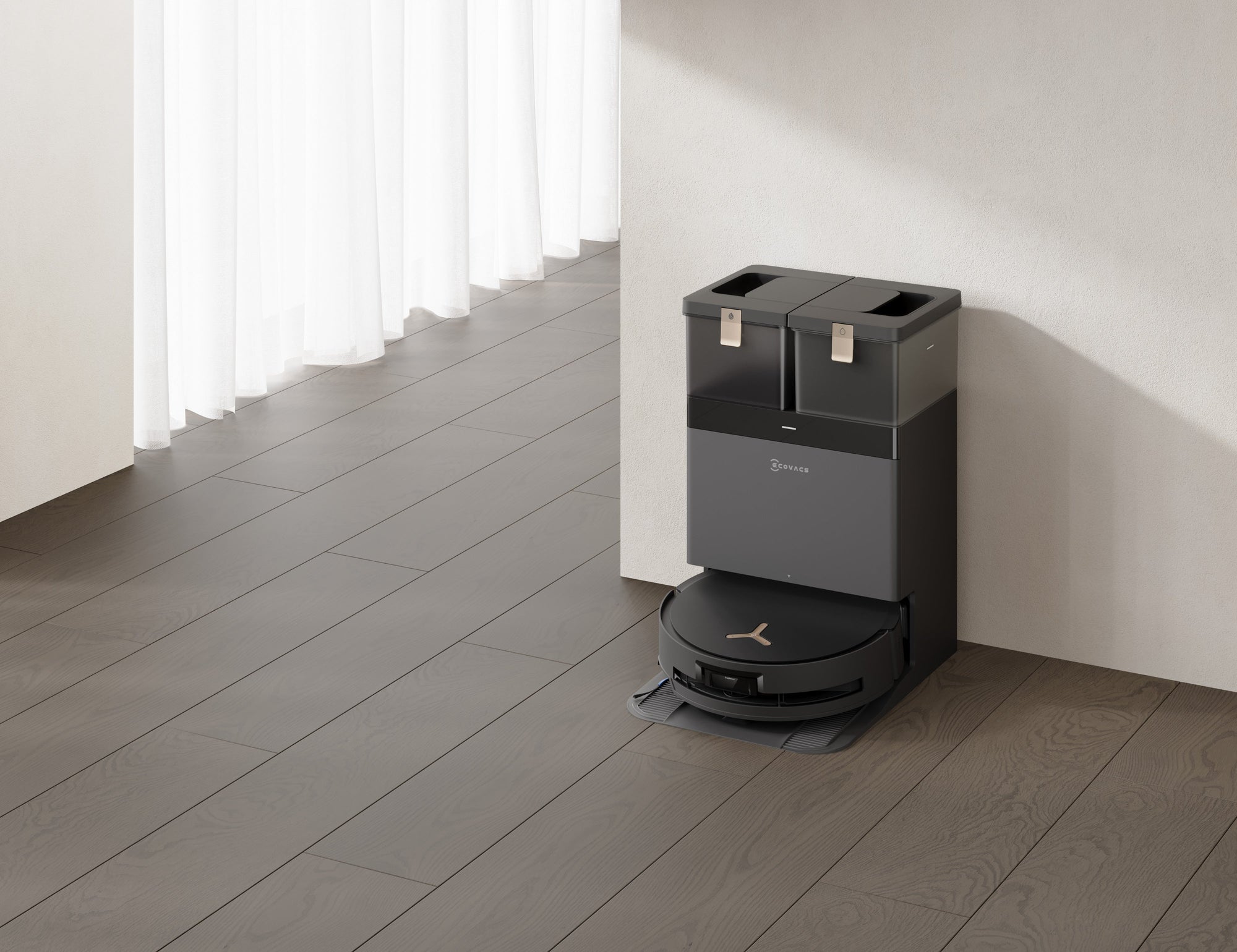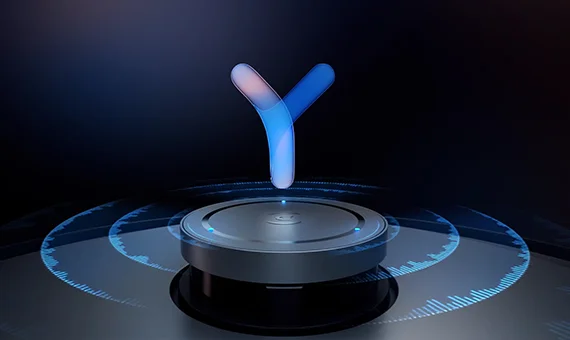When we talk about revolutionary home cleaning devices, we definitely think of robotic vacuum cleaners, which are arguably the most popular smart home devices on the market. How does a robot vacuum know where to go and navigate obstacles? These smart devices combine advanced sensors, mapping algorithms and artificial intelligence to strategically scan and map your home. Unlike traditional robots that move randomly or follow preset patterns, robot vacuums with mapping capabilities take a systematic approach to effectively cleaning a space without missing a beat. The concept behind the mapping is to create a digital map of the environment they are cleaning. Using sensors such as cameras, lasers or infrared, they can scan their surroundings and instantly detect walls, furniture and other objects. They then process this data and produce maps outlining the spatial layout. The map will serve as a reference for the sweeping robot to efficiently plan cleaning paths.
In the past, the first generation of robot vacuum cleaners were not smart enough to clean corners perfectly or often bumped into objects. Nowadays, due to the advancement of technology, many sweeping robots are equipped with high-tech map systems, and some flagship models even have the same navigation functions as driverless cars. Why choose a sweeping robot with map function? How does it improve the cleaning performance of a sweeping robot? First, let’s talk about how mapping can enhance a robot vacuum’s navigation capabilities. Unlike random or pattern-based vacuum cleaners, robots have mapping capabilities to create a digital map of the area. This allows them to navigate in a systematic and efficient manner, ensuring they don’t miss a spot. For example, when robot vacuums run low on power during a cleaning cycle, they can navigate back to a charging station from anywhere in the house to recharge. After charging is complete, they can return to their original location to continue cleaning. Sometimes we might spill something on the floor and create a mess. No need to start the entire cleaning process, just select the area you want to clean on your phone, and the robot vacuum will guide itself to the selected area and start cleaning, freeing your hands and making your life easier. Another reason you need a robot vacuum with mapping technology is their ability to avoid obstacles. With advanced sensors and mapping algorithms, they can instantly detect and maneuver around furniture, walls and other objects to minimize the risk of collisions. In the past, due to the lack of mapping capabilities, sweeping robots often bumped into walls and furniture, causing damage to baseboards, sofa legs, etc. Mapping has now become an essential technology for protecting robots and furniture. . Additionally, mapping techniques are important to avoid loss and duplication of cleaning. A sweeping robot with a map function can remember and adapt to the cleaning environment. By creating and storing digital maps, these robots can identify previously cleaned areas and avoid repeated cleanings. Not only does this save time, but it also optimizes battery usage and reduces the need for charging. In addition, robot vacuums with mapping capabilities often offer advanced features such as virtual boundaries and zone cleaning. Using a compatible app on a phone or tablet, users can set up virtual walls or no-go areas to restrict robot access to specific areas. This is particularly useful for protecting delicate objects such as expensive rugs or preventing equipment from entering restricted areas, such as a nursery where a baby sleeps. Zone cleaning, on the other hand, allows users to designate specific areas for specific cleaning needs, such as intensive cleaning of high-traffic areas like the kitchen and living room. By controlling its activities remotely, floor cleaning becomes a hands-free experience.

